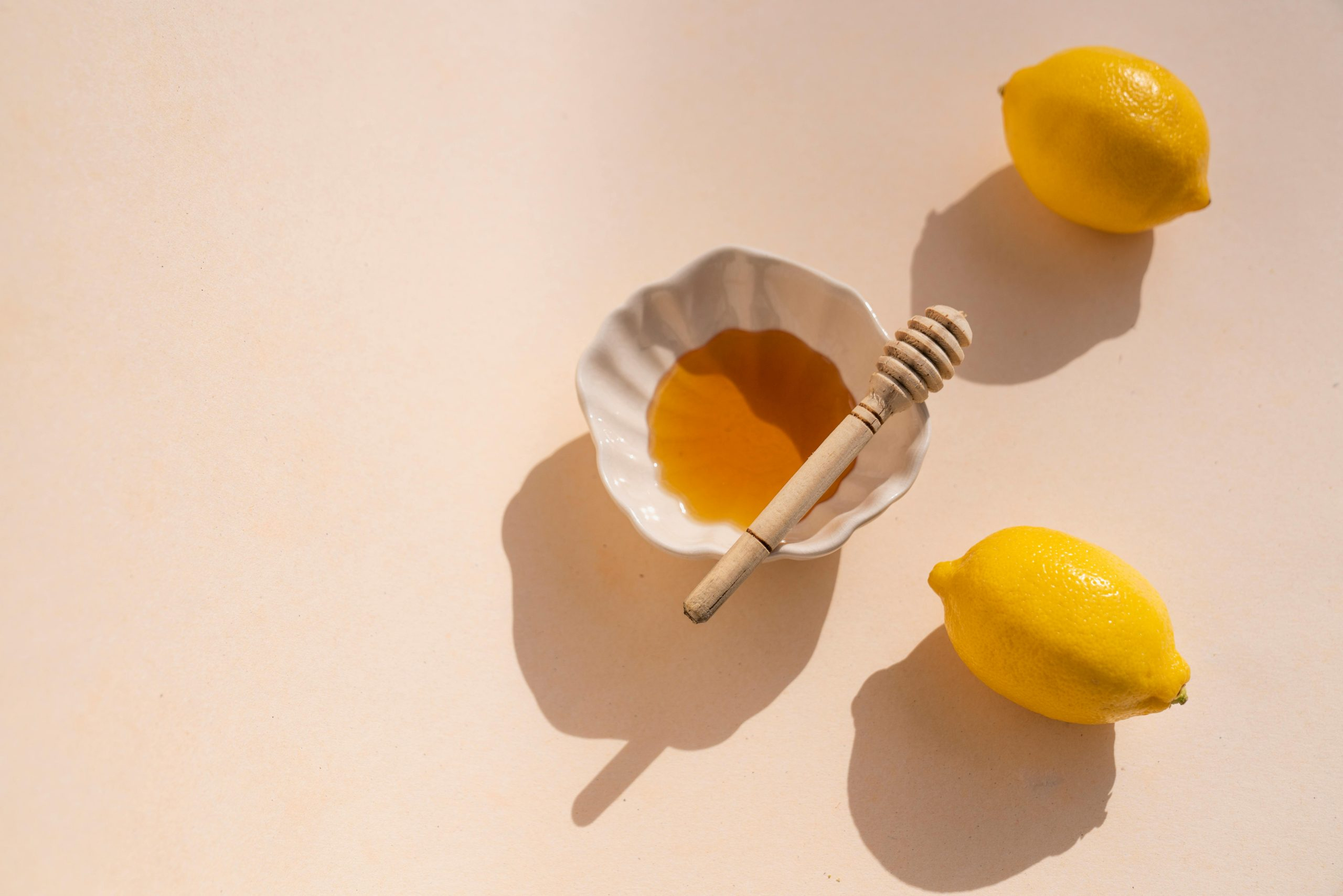Simple Strategies for Dealing with Recipe Failure Gracefully
Have you ever been in the middle of making a new recipe and realized that it just isn’t turning out the way you had hoped? If so, you are not alone. Recipe failures happen to the best of us, whether we are seasoned chefs or just starting out in the kitchen. But don’t worry, it’s not the end of the world. There are simple strategies that you can use to deal with recipe failure gracefully. In this article, we will discuss those strategies and help you turn your failed recipe into a learning opportunity instead of a disappointing meal.
1. Keep a Positive Attitude
The first and most important strategy for dealing with recipe failure is to keep a positive attitude. While it’s easy to get discouraged when your new dish doesn’t turn out as planned, remember that mistakes are a part of the learning process. Instead of focusing on the negative, try to look for the positives. Did you discover a new flavor combination that you love? Did you learn a new technique that you can use in the future? Keeping a positive attitude will not only make the experience more enjoyable, but it will also help you learn and improve for next time.
2. Analyze What Went Wrong
One of the best ways to learn from recipe failures is to analyze what went wrong. Take a step back from your dish and try to figure out where things went astray. Was it an ingredient substitution? Did you use the wrong cooking time or temperature? Did you over or under season the dish? By identifying the mistake, you can avoid repeating it in the future and improve your cooking skills.
2.1 Identify the Key Factors
When analyzing your recipe failure, it’s important to identify the key factors that may have contributed to the unsuccessful outcome. This could include ingredients, cooking methods, or even external factors such as a malfunctioning oven. By understanding these key factors, you can make adjustments for future recipes and set yourself up for success.
2.2 Seek Help from Others
If you are having trouble figuring out what went wrong, don’t be afraid to seek help from others. Ask a friend, family member, or even a professional chef for their opinion. Sometimes an outside perspective can help identify the issue and provide valuable insights for improvement.
3. Salvage What You Can
Just because your recipe didn’t turn out as expected, doesn’t mean it’s a total loss. There may be ways to salvage parts of your dish and turn it into something else. For example, if you baked a cake that didn’t rise, you can turn it into cake pops or use it as a topping for ice cream. Get creative and see if there are ways to salvage your ingredients and turn them into a new dish.
4. Don’t Be Afraid to Start Over
While it’s important to try and salvage what you can, sometimes it’s better to just start over. If your recipe is beyond saving, don’t be afraid to throw it out and start fresh. This can be frustrating, especially if you have invested a lot of time and effort into the dish, but remember that practice makes perfect and you will only get better with each attempt.
5. Learn from Your Mistakes
Finally, the most important strategy for dealing with recipe failure gracefully is to learn from your mistakes. Every failed recipe is an opportunity for growth and improvement. So instead of getting discouraged, use it as a learning experience. Incorporate your newfound knowledge into future recipes and you will be amazed at how quickly your cooking skills improve.
In conclusion, recipe failures happen to everyone. But instead of getting discouraged and throwing in the apron, use these simple strategies to deal with them gracefully. Keep a positive attitude, analyze what went wrong, salvage what you can, don’t be afraid to start over, and most importantly, learn from your mistakes. With these strategies in your cooking arsenal, you can turn any failed recipe into a success.











